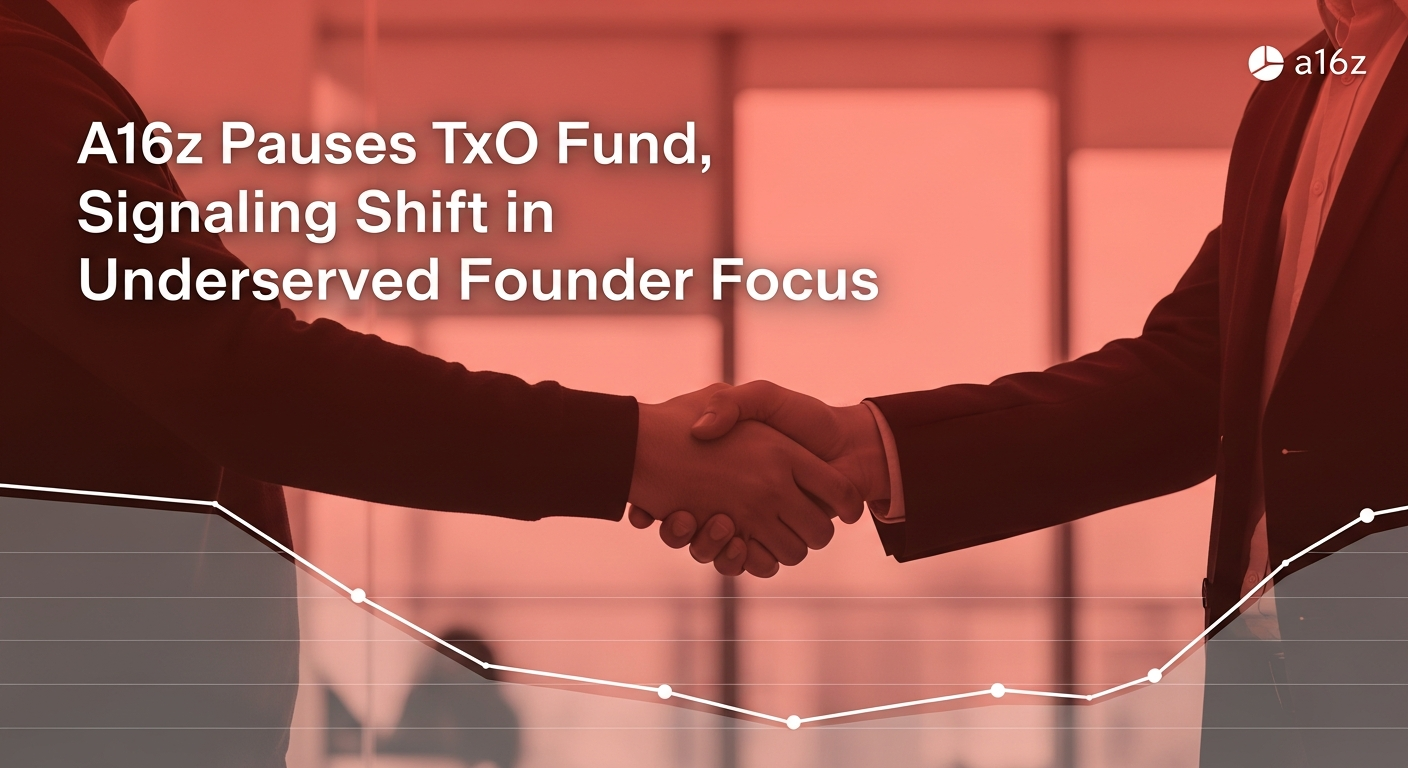It’s a funny thing, seeing the tech world move at warp speed. You blink, and suddenly there’s a new contender, ready to shake things up. This time, it’s Gamma, the AI-powered presentation tool, making some serious waves.
Notably, Gamma’s co-founder and CEO, Grant Lee, just announced some pretty impressive numbers. We’re talking about a $2.1 billion valuation and a cool $100 million in annual recurring revenue. That’s not chump change, right? It’s the kind of figures that make you sit up and take notice, especially in the competitive world of tech startups.
And, you know, the whole thing got me thinking: could this be the beginning of the end for PowerPoint? I mean, PowerPoint has been the presentation software of choice for, well, pretty much everyone for decades. It’s in the DNA of business presentations, academic lectures, you name it.
But Gamma? It’s different. It’s built on AI, designed to make creating presentations faster and, maybe, a little less painful. The whole pitch is about streamlining the process, making it easier to whip up something visually appealing without spending hours wrestling with design.
The AI Factor
The rise of AI has changed the landscape for all sorts of things, and the presentation game is no exception. It’s not just about automating the creation process. It’s also about changing the way we think about presentations.
It seems like Gamma has tapped into something. People are looking for ways to work smarter, not harder. They want tools that can help them communicate their ideas effectively without getting bogged down in the technicalities of design. It’s a compelling vision, for sure.
Back in the day, creating a decent presentation meant hours of work. You’d be fiddling with layouts, choosing fonts, and trying to make sure everything looked polished. But with AI, a lot of that heavy lifting can be automated. You feed the system your content, and it generates a presentation. That’s the promise, anyway.
Is PowerPoint Doomed?
Now, I’m not saying PowerPoint is going to disappear overnight. It’s a behemoth, deeply entrenched in the way we work. But the fact that Gamma has reached such a high valuation, so quickly, it does make you wonder. It shows there’s a real appetite for something new, something different.
And let’s be honest, PowerPoint can be… well, it can be a bit clunky sometimes. The interface isn’t always the most intuitive. It’s a tool that’s been around for a long time, and it shows. So, there’s a definite opening for a competitor that can offer a more modern, streamlined experience.
Still, it’s a long shot, right? Taking on Microsoft is no small feat. But Gamma has momentum. They’re growing fast, and they’ve got some serious financial backing. The $100 million ARR is particularly telling. It shows that people are actually using the product and, presumably, finding value in it.
What’s Next?
So, what’s next for Gamma? That’s the big question. They’ve got the valuation, they’ve got the revenue, and they’ve got the buzz. The next step will be to keep growing, keep innovating, and keep chipping away at PowerPoint’s dominance.
For now, it’s a fascinating story to watch unfold. It’s a reminder that the tech world is always changing, always evolving. And that the tools we use to communicate, to share ideas, are constantly being reimagined.
You could say it’s a David versus Goliath story, but with a twist. It’s AI versus… well, you know.







